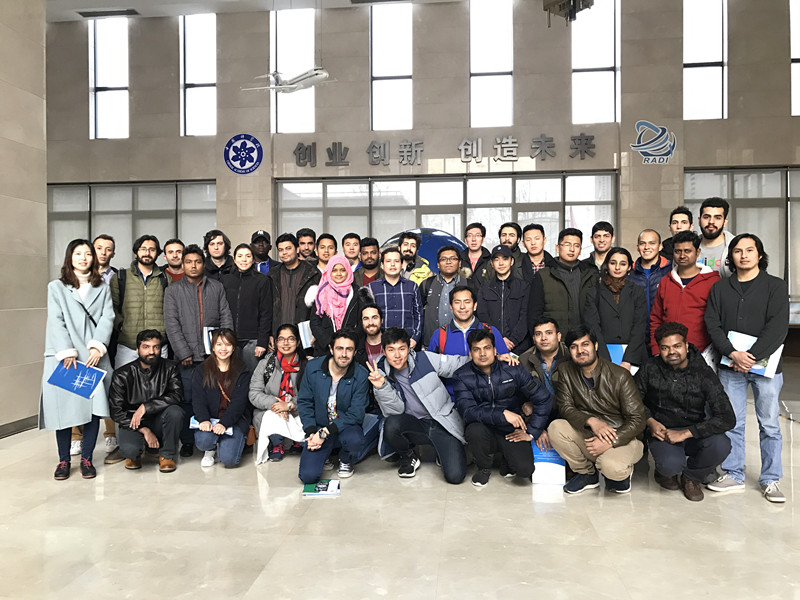On
March 21st, 2018, Journey of Chinese Aerospace Technology and Culture 2018 began,
and participants of the Centre went to Institute of Remote Sensing and Digital
Earth, Chinese Academy of Sciences (RADI) and International Cerntre on Space
Technologies for Natural and Cultural Heritage under the Auspices of UNESCO
(HIST) for a visit.
Firstly,
under the guidance of the staff from HIST, the participants watched two videos
named "Digital Earth Science" and "Space Technologies for World
Heritage" with 3D glasses. The amazing 3D technology of the videos
impressed all participants, and the rich content of the video also stimulate
participants’ interest in using space technology on natural and cultural
heritage preservation.
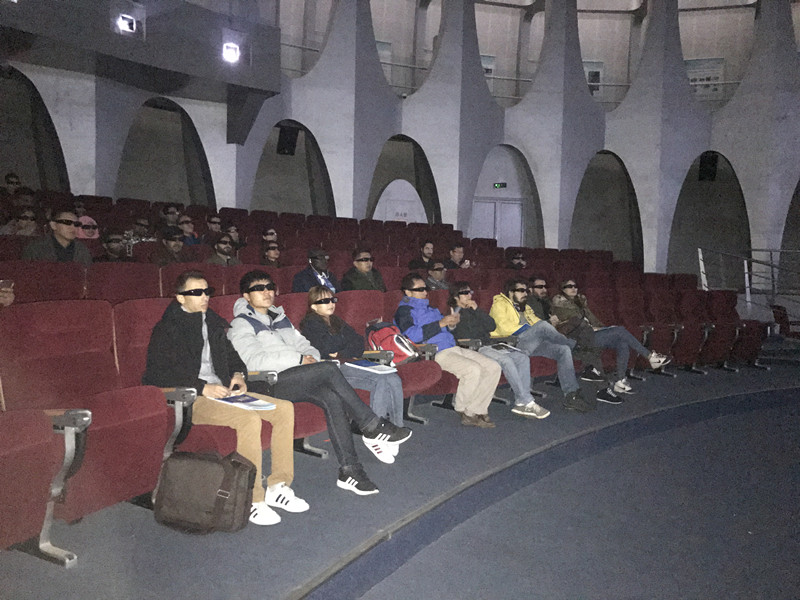
Then, the participants visited the Digital Earth platform,
Airborne Satellite Remote Sensing Centre, Satellite Operation and Management
Department, etc. With the throughout explanation of the experts, they got a
better understanding of the relationship between the theoretical knowledge and
cultural heritage protection.
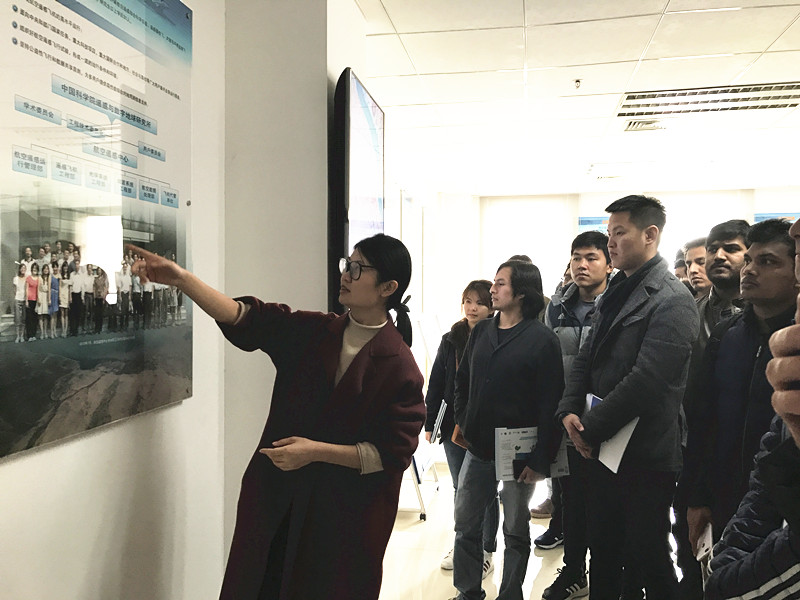
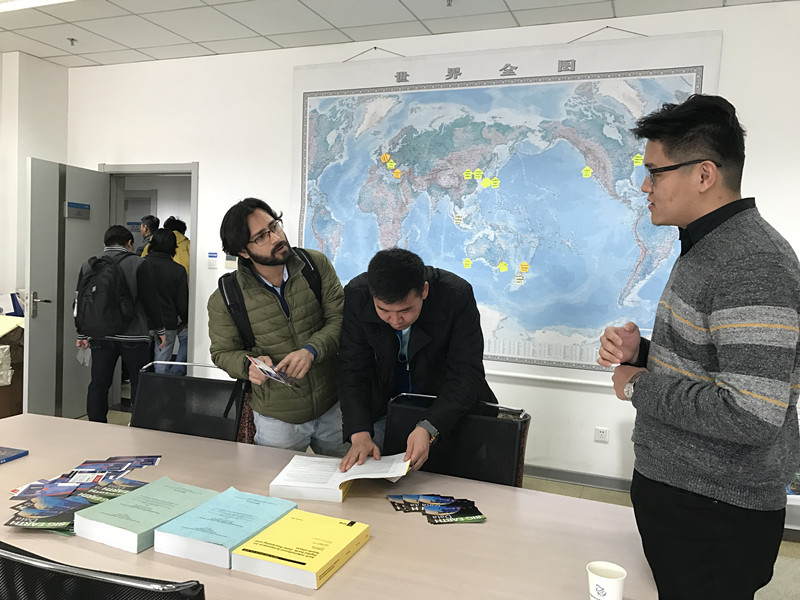
Finally, Prof. Hong Tianhua, Secretary General of HIST, and
Prof. Natarajan Ishwaran, State Specially Recruited Expert of China at HIST, demonstrated
excellent presentations. Prof. Hong Tianhua gave a detailed introduction about
HIST from the development of history, mission, scientific research
achievements, etc., and also welcomed all participants from the Centre to
actively join in related events and conferences organized by HIST. Prof. Natarajan
Ishwaran mainly discussed the applications of space technologies for world
biosphere reserves and efforts that UNESCO made to protect the natural
environment.

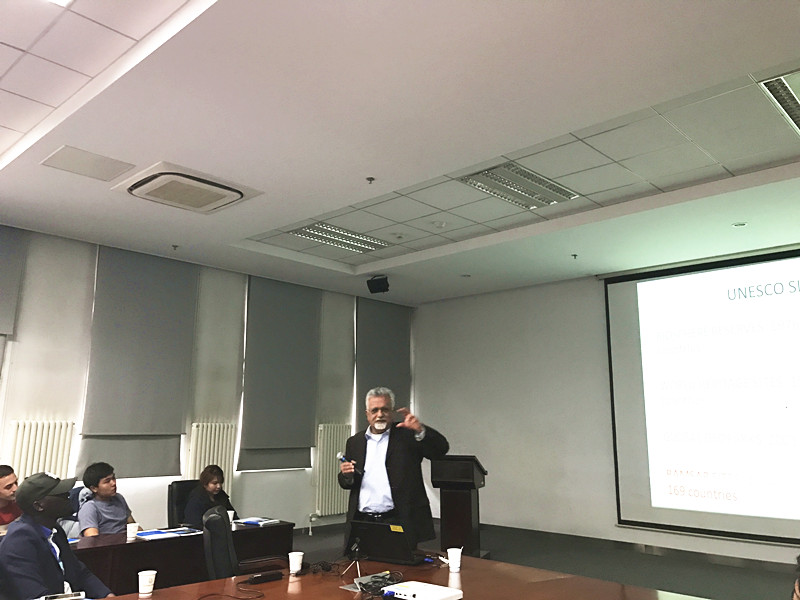
Participants’ interest in using space technology to protect the world’s
natural and cultural heritage continued to grow with the discussion going into
depth. They asked two professors and other working staff
about the latest research and technology on natural and cultural heritage
preservation, and possible training and intern opportunity in HIST. After the
visit, many participants said that this visit was of great importance as it
made them realize that the application of space technology was so extensive.
They hoped to make a contribution to heritage protection someday in the future
with their solid professional knowledge.
